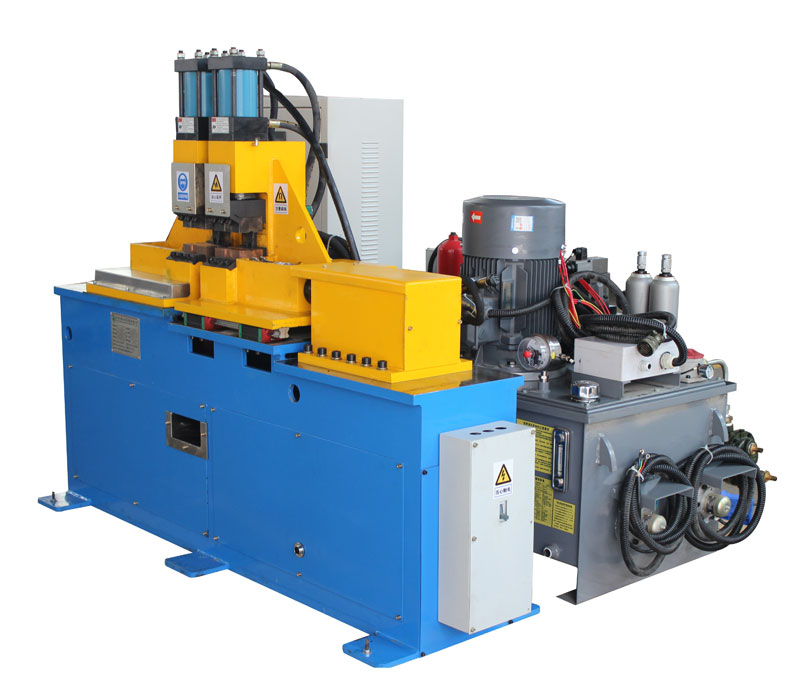Spark welding, also known as resistance spot welding, is a widely used technique in various industries for joining metal components together. The key to the success of this welding method lies in the characteristics of the electrodes used in the process. In this article, we will explore the essential features of electrodes in spark welding machines.
- Material Selection: The choice of electrode material is crucial in spark welding. Electrodes are typically made of copper, copper alloys, or refractory metals like tungsten. Copper and its alloys are preferred for their excellent electrical conductivity and thermal conductivity, ensuring efficient energy transfer during the welding process.
- Shape and Size: Electrodes come in various shapes and sizes, depending on the specific application. Flat-faced electrodes are common for general-purpose welding, while pointed or shaped electrodes are used for specialized tasks. The size of the electrode must be suitable for the thickness and type of metal being welded.
- Cooling Mechanism: To prevent overheating and electrode wear, many spark welding machines incorporate a cooling mechanism. Water cooling is often employed to maintain the electrode’s temperature within an acceptable range, ensuring longer electrode life and consistent weld quality.
- Wear Resistance: Electrodes are subjected to high mechanical and thermal stresses during the welding process. Therefore, they must possess good wear resistance. Special coatings or materials are used to enhance electrode durability and extend their service life.
- Alignment and Contact: Proper alignment and consistent contact between the electrodes are crucial for a successful spark welding operation. Misalignment or poor contact can result in inconsistent weld quality and may even damage the workpiece or electrodes.
- Force Application: The force applied by the electrodes is essential to create a strong weld. This force is often adjustable, allowing for precise control over the welding process. The amount of force required depends on the material being welded and the desired weld quality.
- Precision and Control: Modern spark welding machines are equipped with advanced control systems that allow for precise control over welding parameters. This includes controlling the welding current, time, and pressure, ensuring uniform and reliable welds.
- Electrode Maintenance: Regular maintenance of electrodes is essential to ensure optimal performance. This includes cleaning, reconditioning, and, if necessary, replacement. Neglecting electrode maintenance can lead to decreased weld quality and increased operating costs.
In conclusion, the characteristics of electrodes in spark welding machines play a pivotal role in the success of the welding process. Material selection, shape, size, cooling mechanisms, wear resistance, alignment, force application, precision control, and maintenance are all critical factors that impact the quality and efficiency of the welds produced. Understanding and optimizing these electrode characteristics are essential for achieving high-quality and reliable welds in various industrial applications.
Post time: Oct-28-2023



